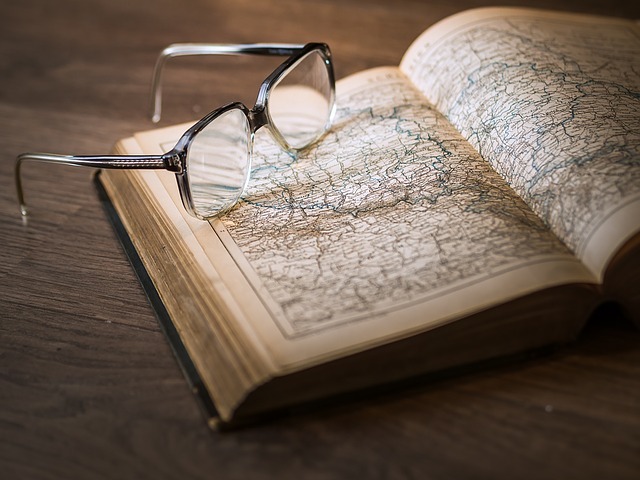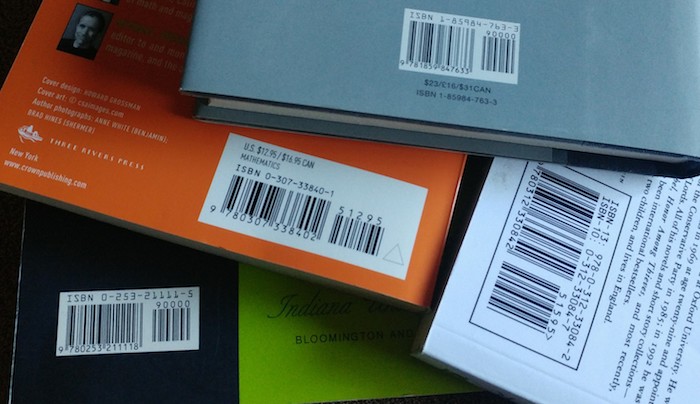Writing a Local History
Writing a local history can be a wise route for writers who wish to begin or expand their careers into a more scholarly non-fiction path. Whether the work is an article for a local publication, or a full book written for the community and beyond, local stories come with a built-in market eager to read material about the places around them and the people that used and inhabited those sites over time.

Maybe you've just moved into a beautiful old Victorian-era home, or perhaps you grew up in a historically significant neighborhood, or it could be that you're just curious about the town you live in. Writing a local history can be a challenging and rewarding pursuit.
Beginning a local history project always should start with defining the scope of your work. How expansive is the region you're going to be writing about? You can write about a single building, a community, or even an entire town or city, but knowing the boundaries of your site is an essential first step.
This first step of defining the community, however, is usually the simplest part of the process. Writing local history is very much a multi-disciplinary activity. You may find yourself researching the origins of place-names, rail and transportation history, local folklore, sports and recreational history, and life stories of individual community members to make up your tale.
Writing a local history is not possible to accomplish sitting solely behind a comfortable writing desk staring at a computer screen. You must get out into the community you're writing about, get a feel for the place, talk to the people who live there and the people whose ancestors inhabited the place. You'll find yourself gathering reams upon reams of information from very many sources before you ever begin writing a word of your own.
With all that data at your disposal, the most important thing to remember when writing the local history is that your task is absolutely not to make a list of all the events that happened in chronological order. Nor is it to simply to summarize all the lives of the community leaders in a place, or families that lived their lives there.
Your job as a local historian is to interpret all the data you've collected during your research, and make sense of it. Your story should be a compelling narrative that explains where the history of your community started, and the changes that occurred over time, and importantly, how those changes affected the locale -- for good or ill.
Doing so effectively will mean discarding a lot of the information and data you've collected. Often the local historian will feel guilty about failing to use sources that community members were so helpful in supplying. Rather than making your local history bloated with superfluous facts, setting up an accompanying website with all the extra interviews, photographs and source data will be a welcome resource for your readership.
Once you've written and edited your local history to your satisfaction, you can print a small run with a local printer or a print-on-demand service and begin selling it. Begin with letting every contributor know about your published book. Families mentioned in the book will be anxious to receive a copy. Local museums and archives with gift shops will also be glad to stock a well-written local history. Local library branches will certainly buy copies for their collection and your local independent bookstores are also likely to purchase several copies.
Outside of traditional channels, consider selling your book at local fairs, or even pursue a wholesale deal with unlikely places as the local Chamber of Commerce or municipal government offices.
Read These Next
Absurd Adventures in Censorship: A Look at Dumb Attempts to Ban Children's Books
Many attempts to censor literature, and children's literature in particular, have been based on some ridiculous reasoning, with the resulting stories being hilarious and bewildering.
Get Ahead with a Travel Writers Association Membership
While travel bloggers and influencers can achieve success on their own, joining a travel writers association can provide numerous advantages to help take their careers to the next level.
Barcodes for Books
Information on the Bookland EAN Barcode, the UPC symbol and their uses in the book publishing industry.







 Start Writing Your Book Today: A Step-by-Step Plan to Write Your Nonfiction Book, From First Draft to Finished Manuscript
Start Writing Your Book Today: A Step-by-Step Plan to Write Your Nonfiction Book, From First Draft to Finished Manuscript Shut Up and Write the Book: A Step-by-Step Guide to Crafting Your Novel From Plan to Print
Shut Up and Write the Book: A Step-by-Step Guide to Crafting Your Novel From Plan to Print The Writing Rope: A Framework for Explicit Writing Instruction in All Subjects
The Writing Rope: A Framework for Explicit Writing Instruction in All Subjects On Writing: A Memoir of the Craft (A Memoir of the Craft (Reissue))
On Writing: A Memoir of the Craft (A Memoir of the Craft (Reissue)) Before and After the Book Deal: A Writer's Guide to Finishing, Publishing, Promoting, and Surviving Your First Book
Before and After the Book Deal: A Writer's Guide to Finishing, Publishing, Promoting, and Surviving Your First Book Writer´s Workbook: A Personal Planner with Tips, Checklists and Guidelines
Writer´s Workbook: A Personal Planner with Tips, Checklists and Guidelines Writing Fiction For Dummies
Writing Fiction For Dummies THE WRITE FORMULA: 12 Weeks from Concept to Completion
THE WRITE FORMULA: 12 Weeks from Concept to Completion The Novel Writing Blueprint: a step-by-step novel planning workbook
The Novel Writing Blueprint: a step-by-step novel planning workbook The Emotion Thesaurus: A Writer's Guide to Character Expression (Second Edition) (Writers Helping Writers Series)
The Emotion Thesaurus: A Writer's Guide to Character Expression (Second Edition) (Writers Helping Writers Series)